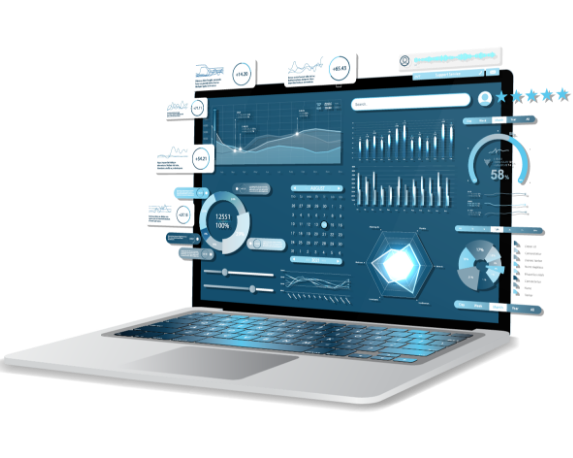
The procurement function often grapples with securing influence and sponsorship from key decision-makers. In fact, 49% of CPOs say they lack board-level backing and buy-in for their efforts.
The truth is, many senior leaders view procurement as merely a cost center. This perspective reduces procurement’s role to a transactional one, focused on purchasing goods and services at the lowest possible price. However, a well-managed procurement function can bring strategic value to the organization by driving revenue generation, enabling business continuity, and positively impacting the bottom line.
CPOs have to first identify what they need to present themselves as potential permanent and valuable members of the C-Suite. To be taken seriously and recognized as a voice to be heard, procurement must be able to do the following:
- Demonstrate that procurement projects and policies deliver real value to the bottom line and support organization-wide efforts to improve profitability
- Provide procurement data insights and market intelligence to enable better decision-making and strategy formulation for the broader organization
- Identify the risks that procurement addresses, across business continuity, corporate responsibility and cost containment, and execute the mitigation strategies to resolve them
- Provide visibility into procurement’s contribution to key initiatives like cost and margin optimization, business expansion, and ESG initiatives
HURDLE 1
The current Spend Analysis tool doesn’t provide the level of categorization or accuracy needed, and it’s difficult to obtain reliable insights required for strategic decision-making.
HURDLE 2
The codes and language in the spend data flowing from the ERP system are often undecipherable, so procurement can’t interpret the data to report to management.
HURDLE 3
The spend data comes from multiple different systems, and are all formatted differently. The team is unable to confidently understand true spend to identify areas of inefficiency and potential cost savings.
HURDLE 4
The Sourcing team isn’t experienced enough to do comprehensive spend analysis on their own, as part of their category planning, defaulting to a shallow analysis that barely scratches the surface of potential opportunity.
The Must-Have Components of a Best-In-Class Procurement Analytics Solution
A top-tier procurement analytics solution should activate numerous capabilities and benefits, central to which is the establishment of a repeatable, scalable and highly automated data categorization and enrichment process. Paired with a flexible business logic-driven approach, this enables procurement leaders to focus more on using the data for strategic decision-making rather than recreating it every time. It promotes better supplier performance, informs category management and strategic sourcing, and facilitates in-depth product or service cost analysis.
Also, when spend data is routinely normalized, categorized, and enriched, the procurement team saves time and no longer needs to invest in the manpower to handle this task monthly.
Access to training and assistance from spend data experts does dramatically improve an organization’s internal capabilities. Analysis efforts are augmented, and teams are empowered to extract maximum value from their data. Category Managers will be equipped with the extended value of their spend data to perform at a higher level.
Another indispensable feature to look out for in a procurement analytics tool is having a holistic view of organizational spending, which can lead to actionable value-creation opportunities. Analyzing spend data in tandem with supplier performance metrics allows for a deeper understanding of the various supply base tiers. This promotes better supplier performance, informs category management and strategic sourcing, and enables product or service cost analysis. Armed with this information, the procurement function is able to optimize costs, identify areas suitable for investment to yield higher returns, and ultimately drive strategic decision-making to enhance the value delivered by procurement.
Don’t overlook the importance of having easy access to category-specific market intelligence. With tailored insights into specific markets, procurement teams are able to make more informed purchasing decisions. Understanding the landscape of a specific market allows procurement to identify potential risks and mitigate them proactively. Procurement can also leverage the information to anticipate market shifts, seize opportunities quicker than competitors, and negotiate better terms with suppliers.
On the compliance front, the procurement analytics solution should enable procurement to act with confidence that what was negotiated is what is being delivered. A view of stakeholder and supplier compliance against sourcing outcomes and the ability to lock in rates and timings will help reduce risk.
Elevate your procurement function with OneMarket
A world-class procurement analytics solution is more than a tool; it’s a strategic asset that can significantly enhance procurement operations, drive cost savings, and showcase procurement’s contribution to organizational success.
Get greater visibility into and control over your procurement data than ever before with OneMarket Insights. You’ll have a transparent and complete view of your organization’s spend, enabling sourcing value opportunity identification and compliance monitoring. Reimagine the potential of procurement analytics with rich and actionable procurement data.
Find out more about OneMarket Insights here.







